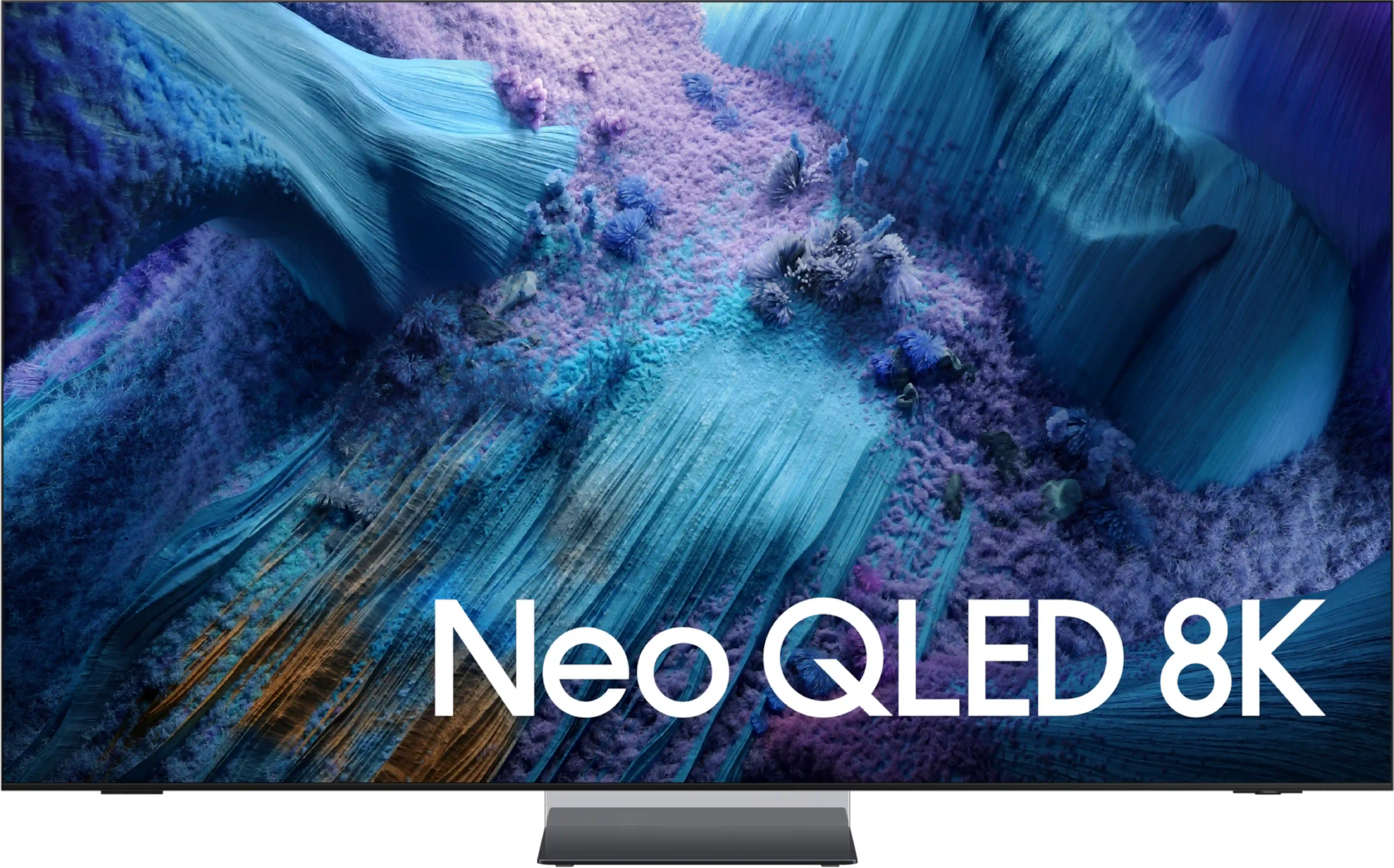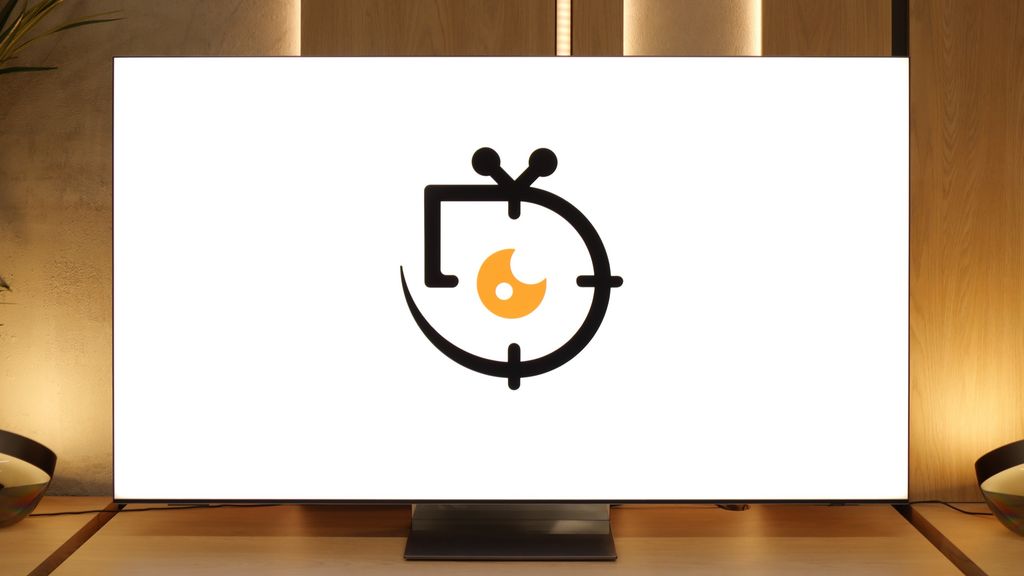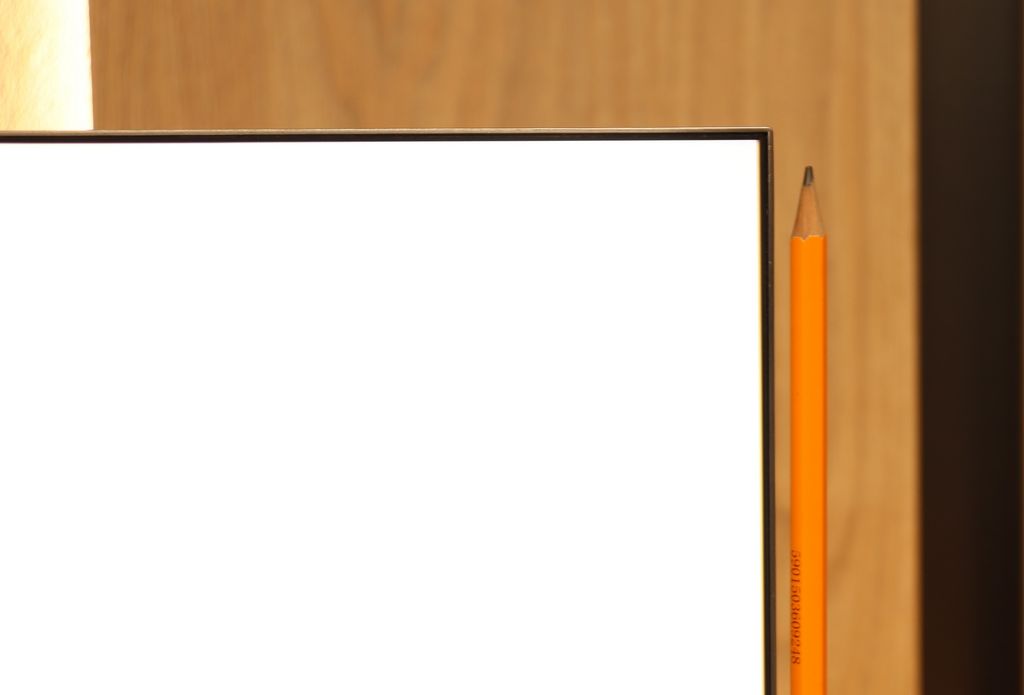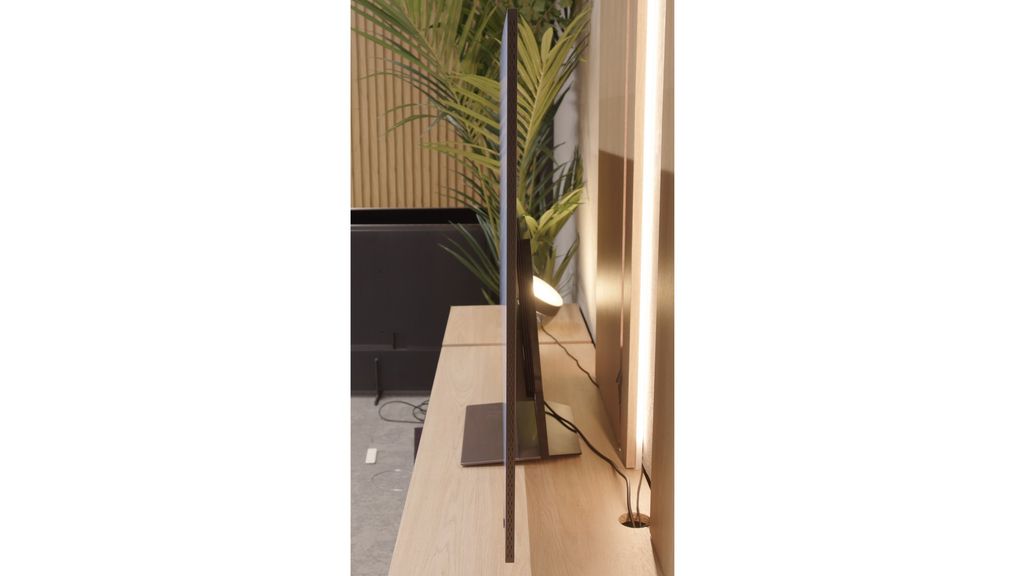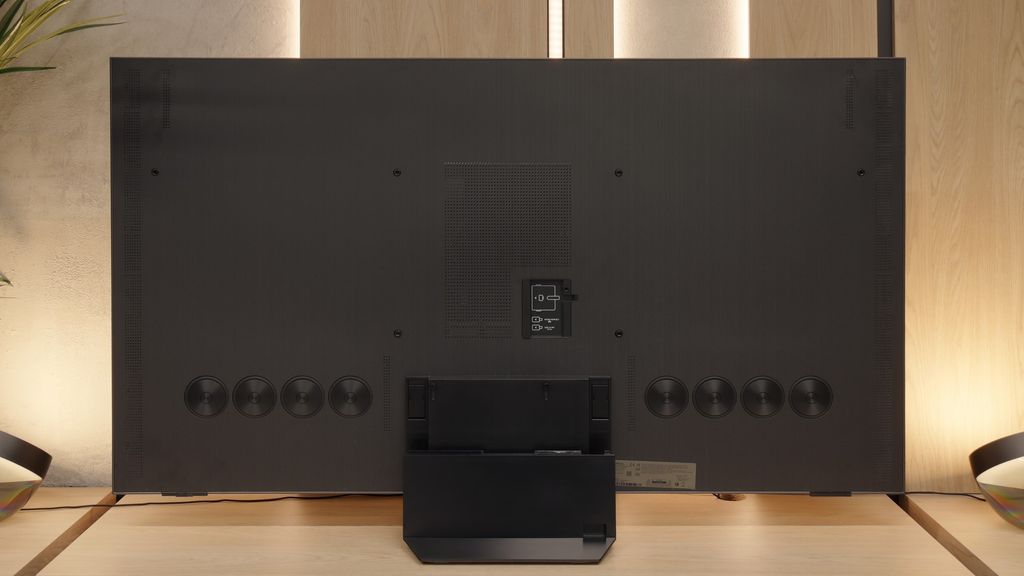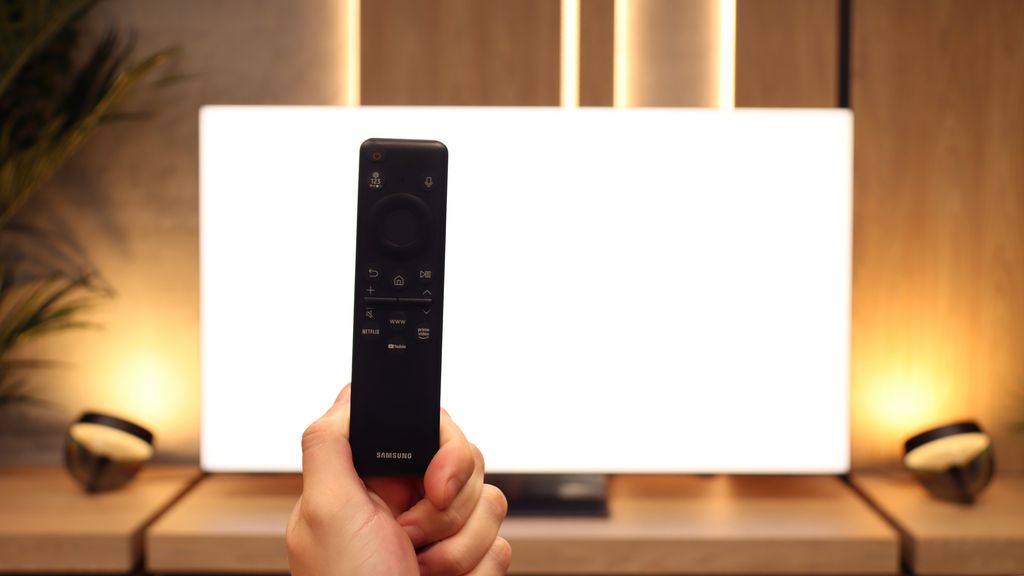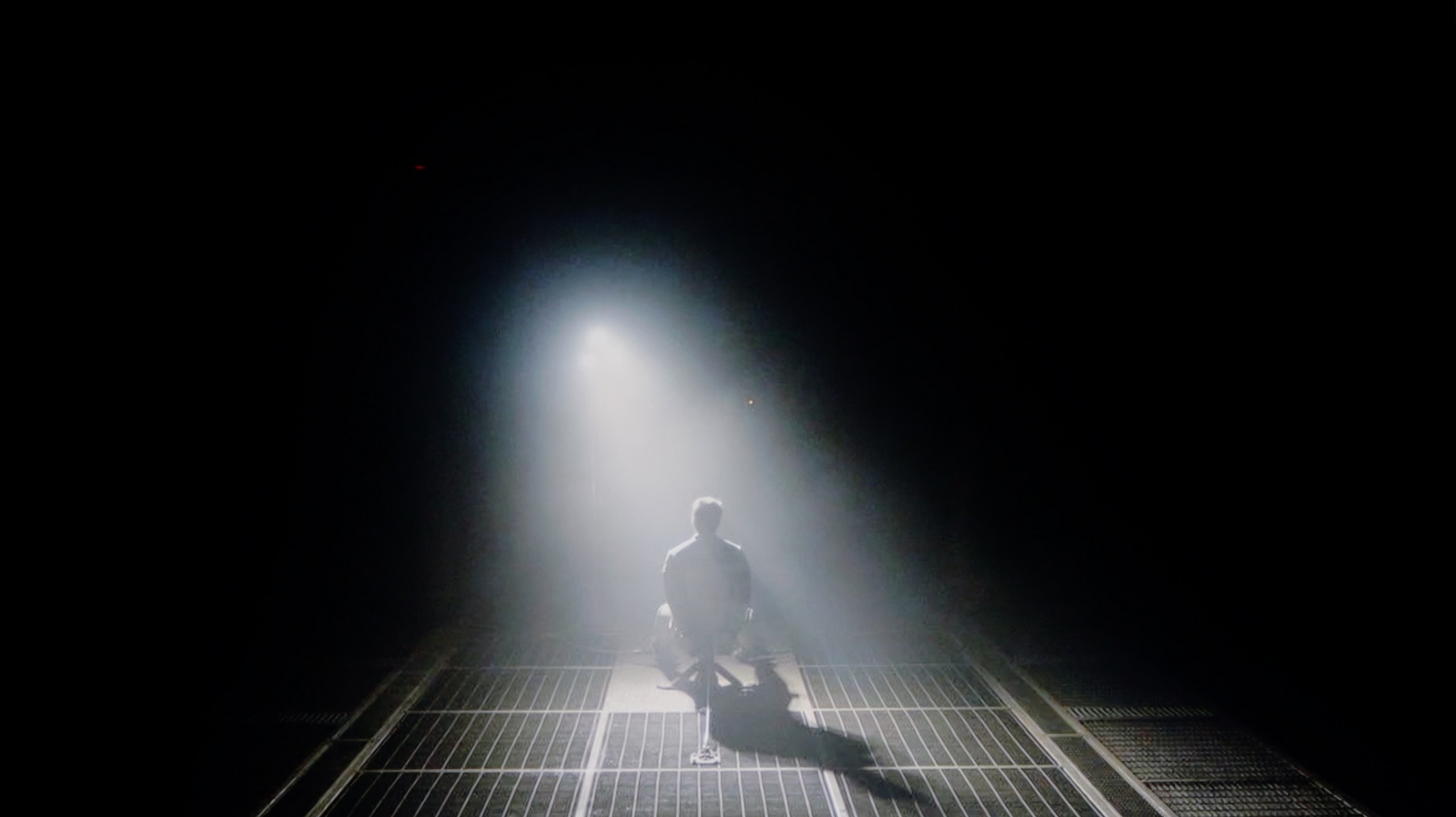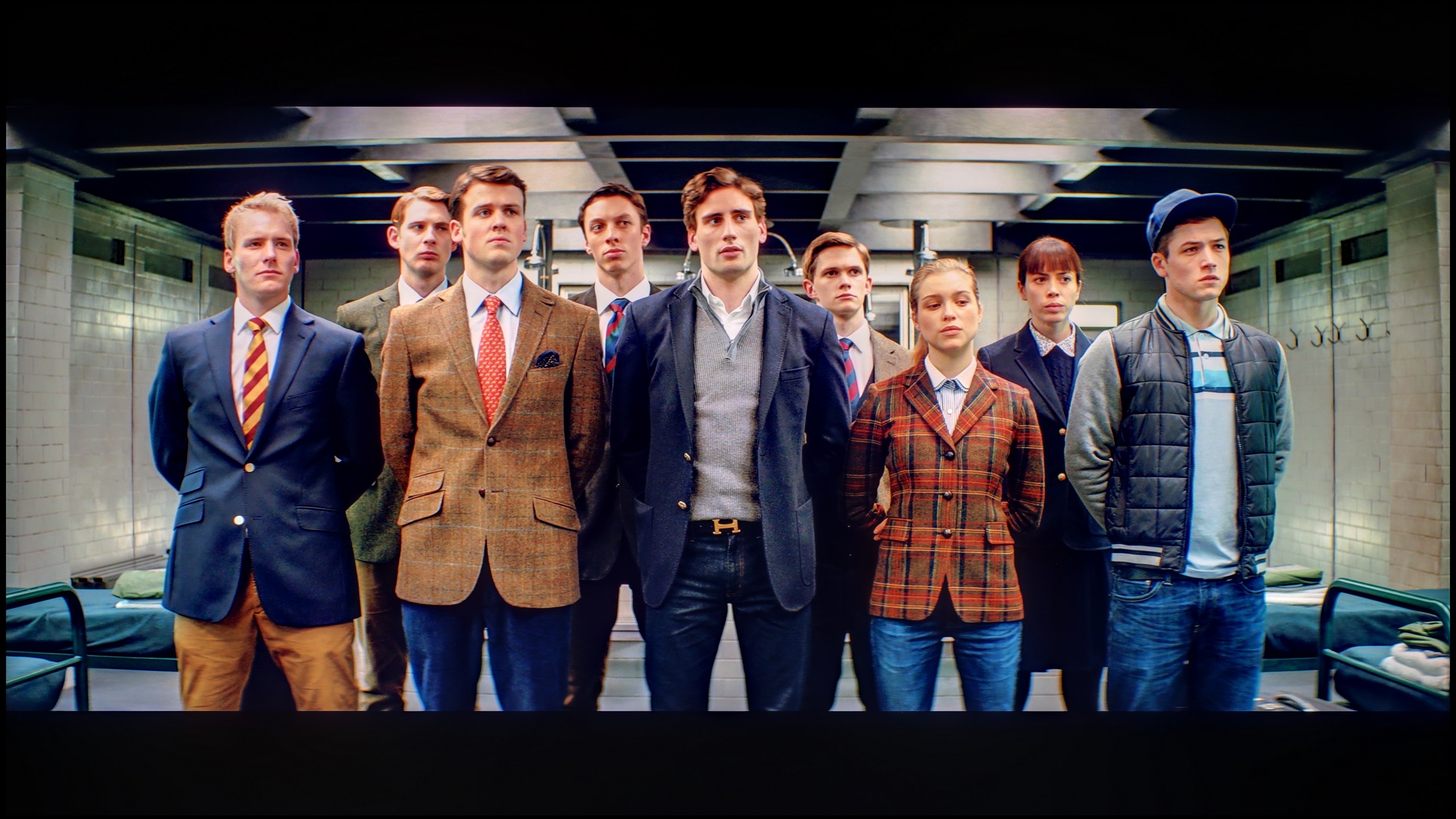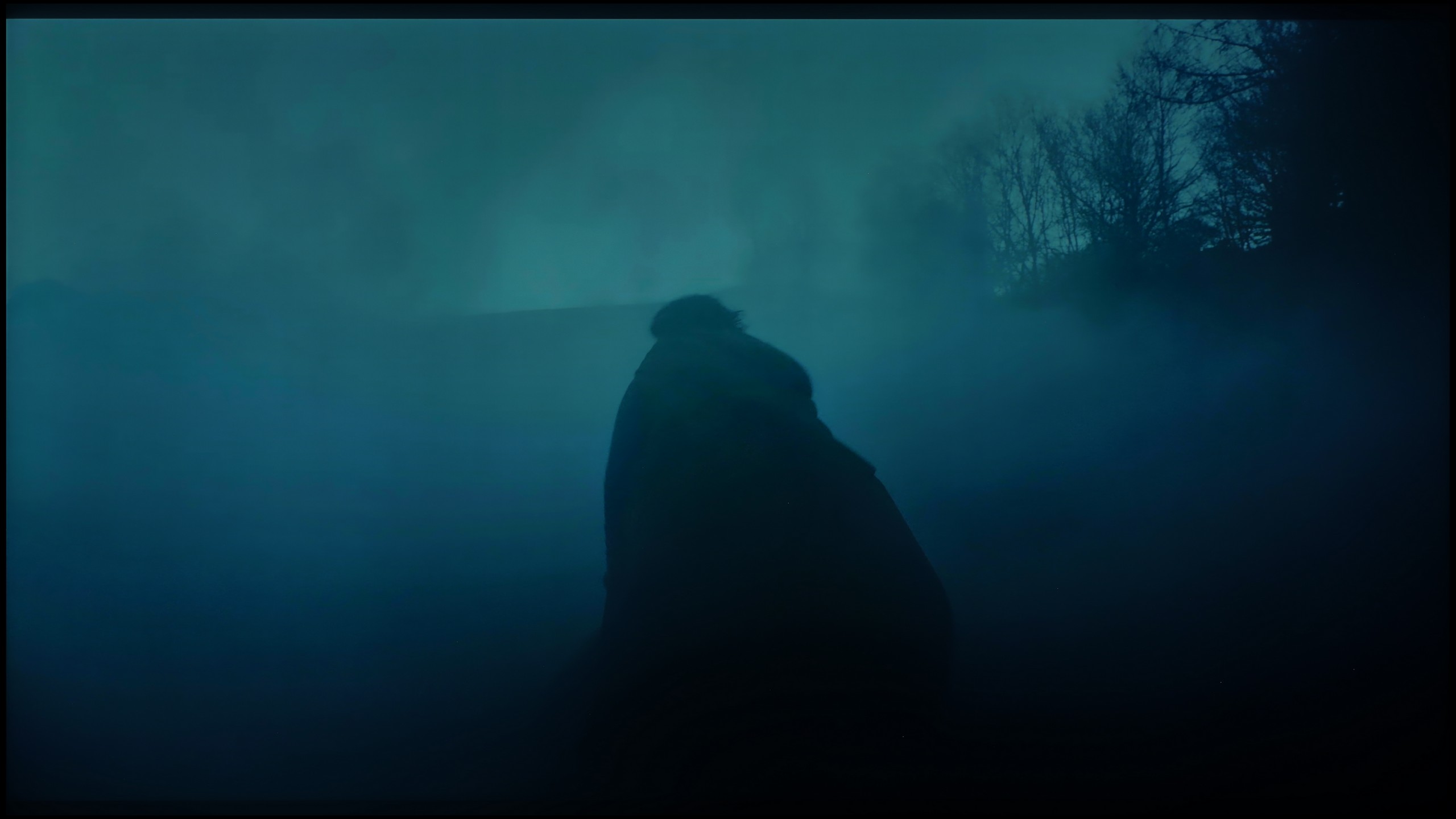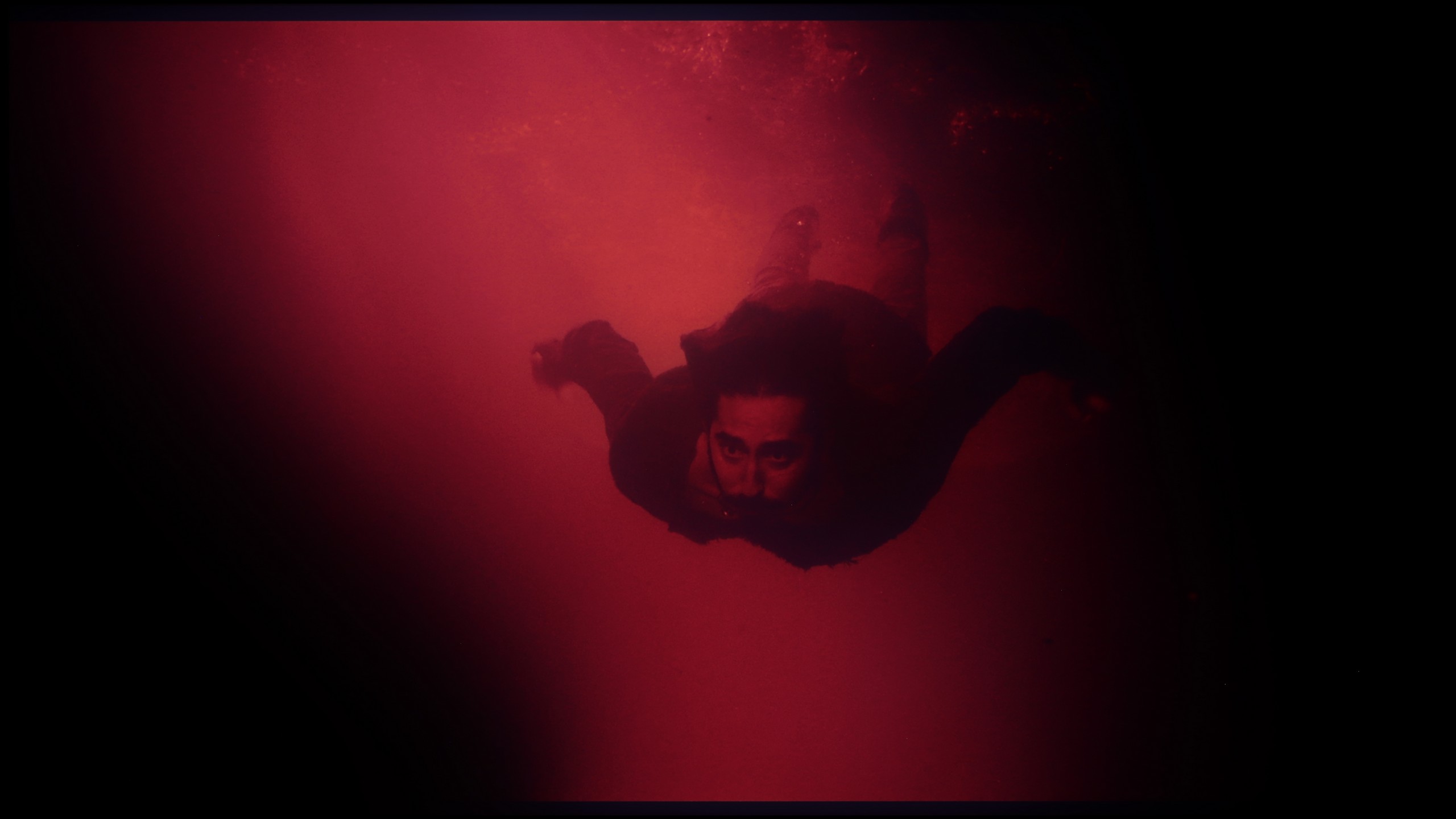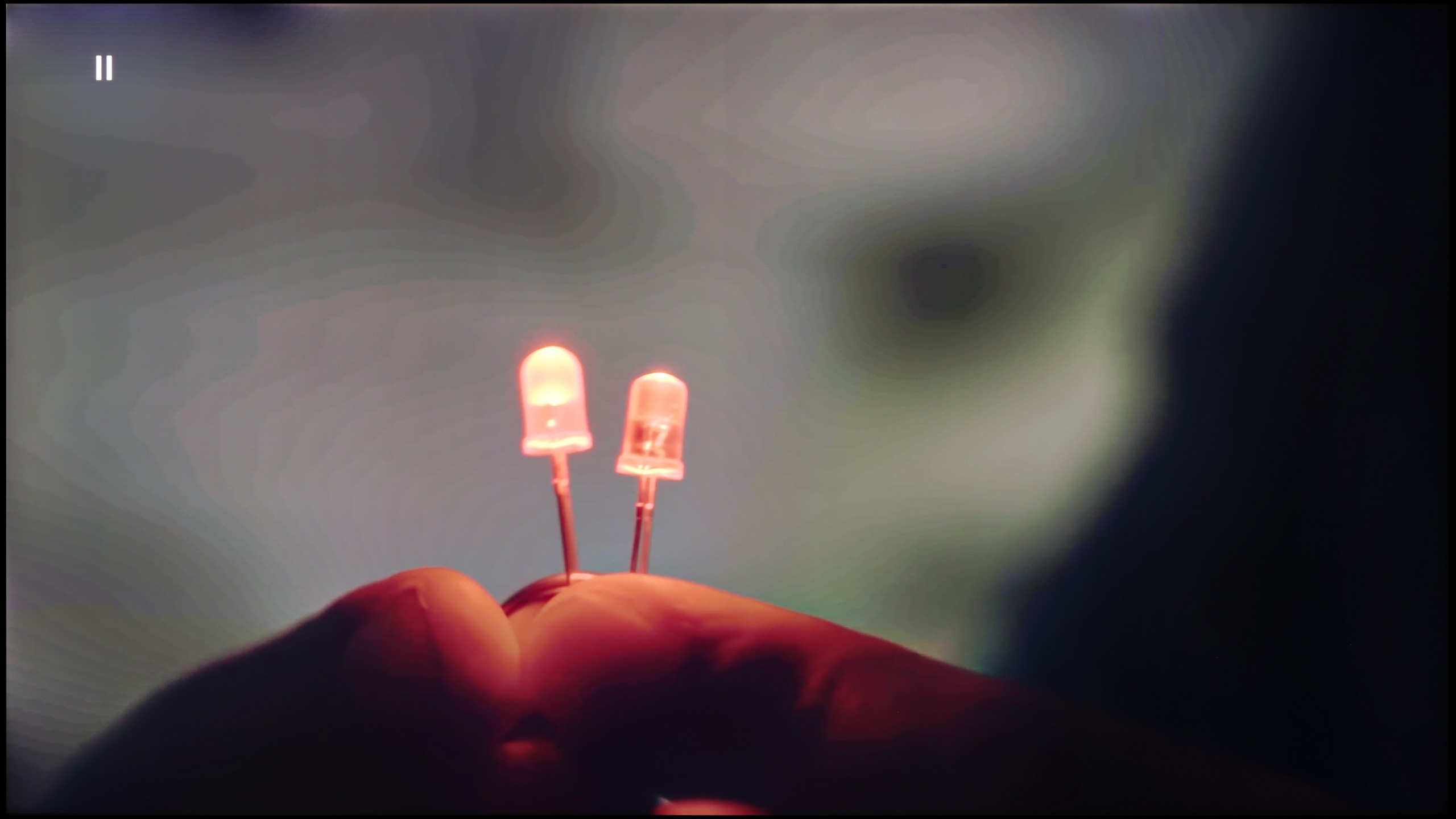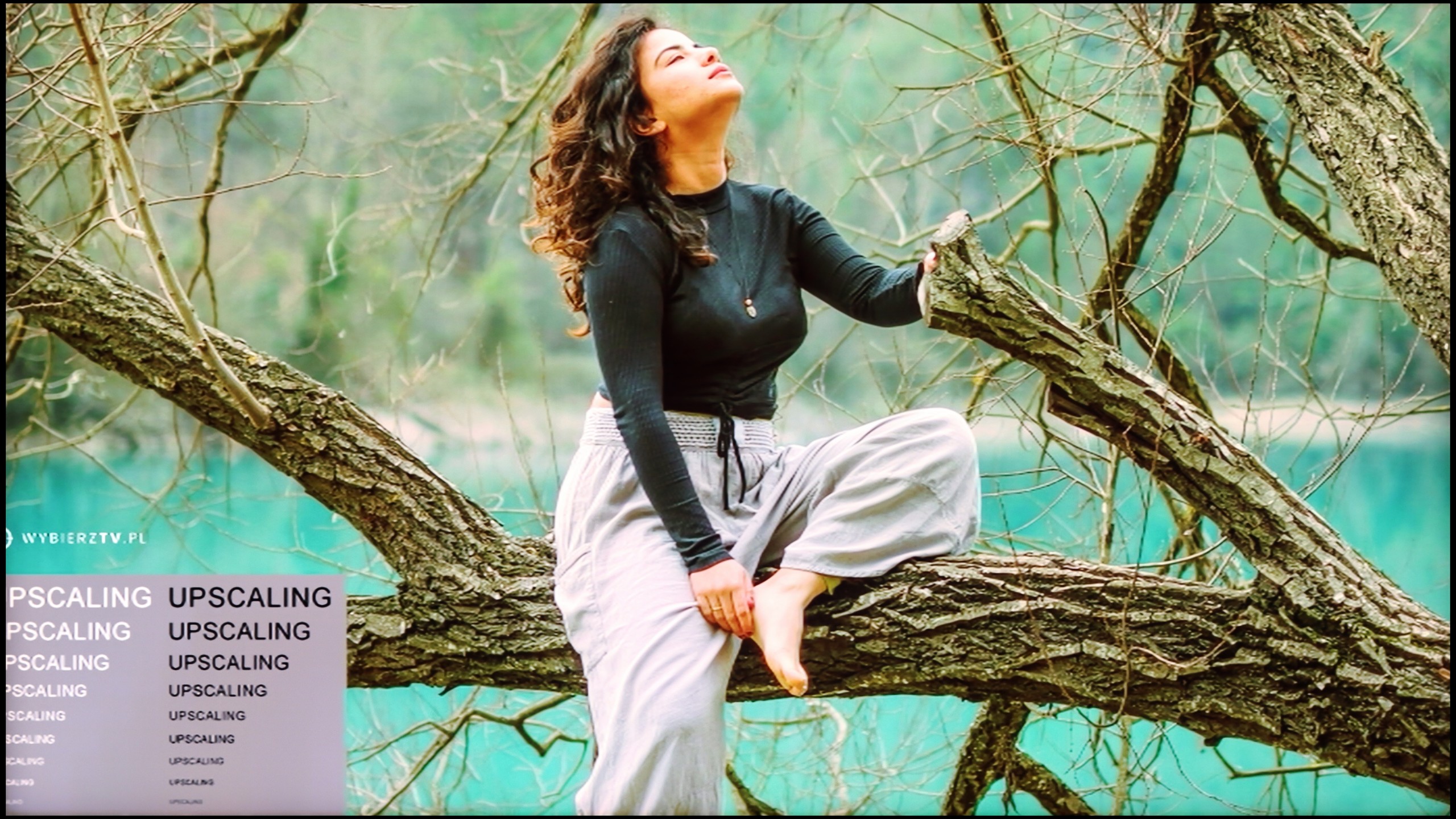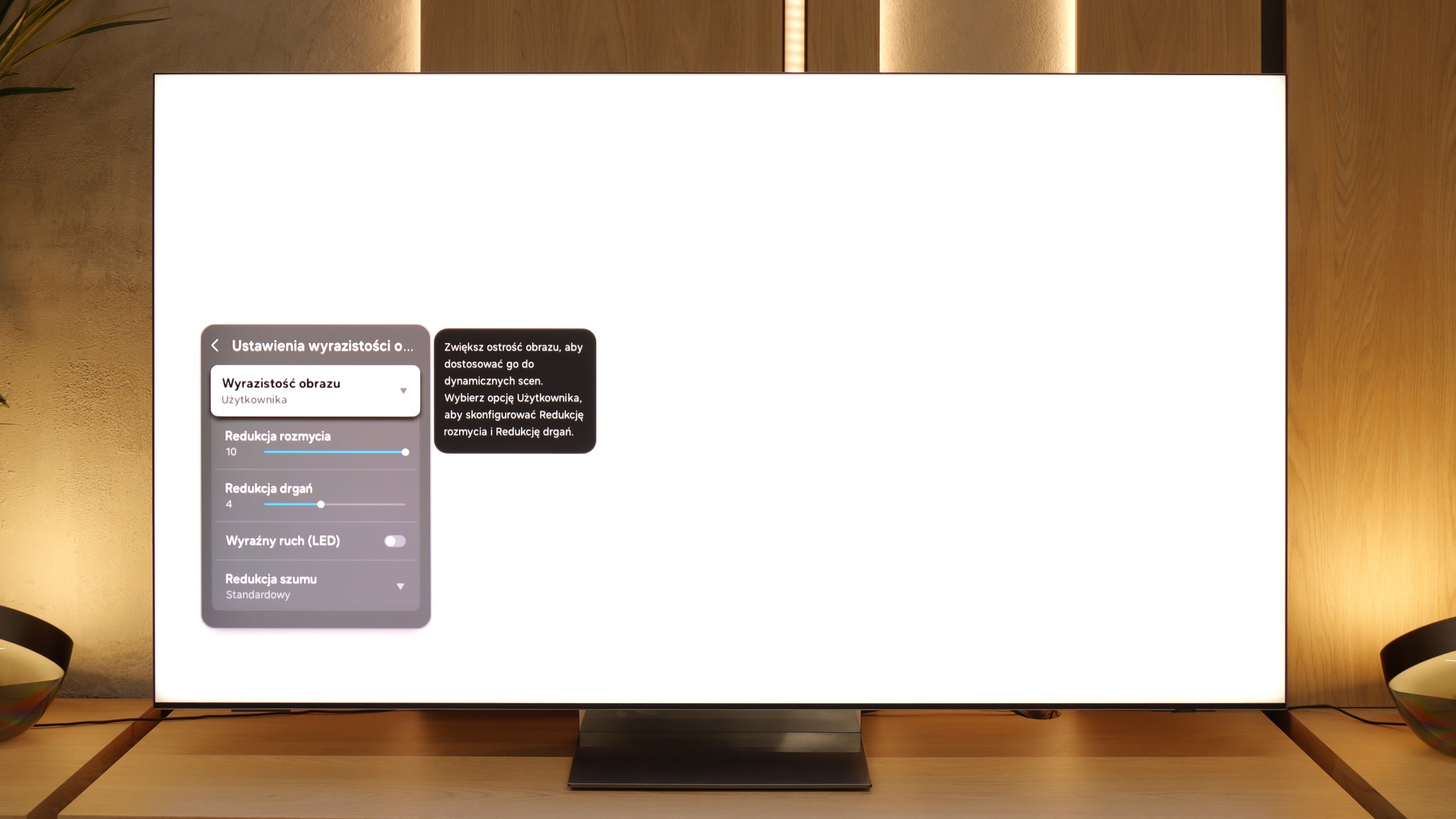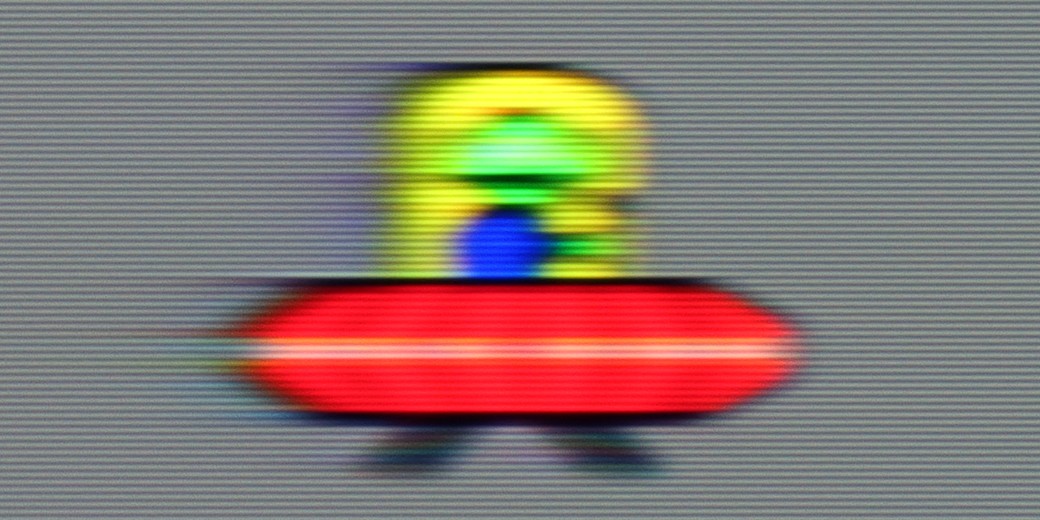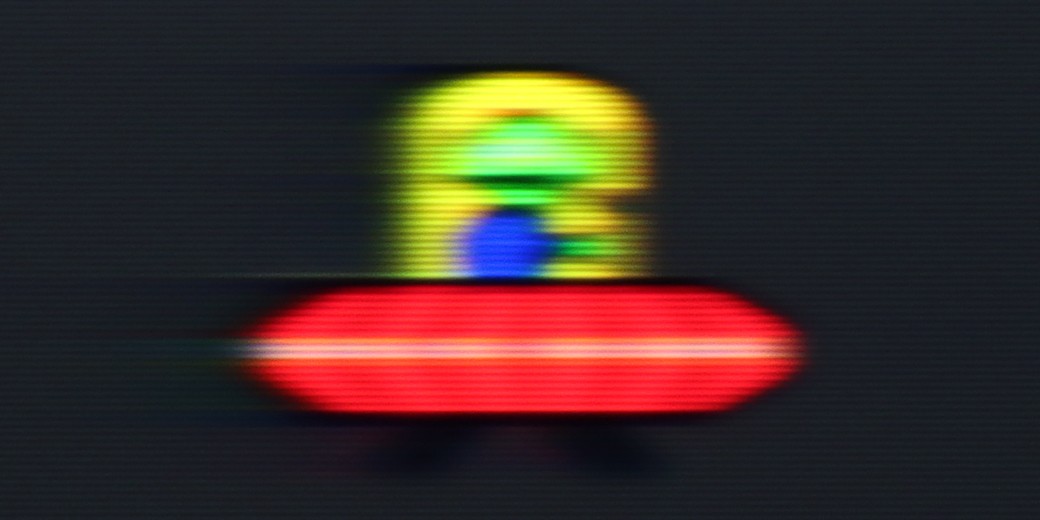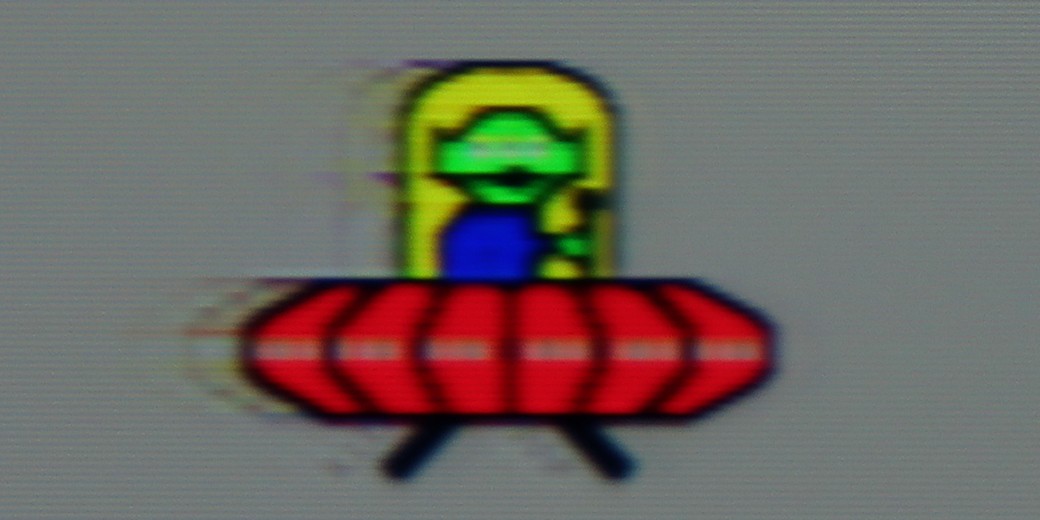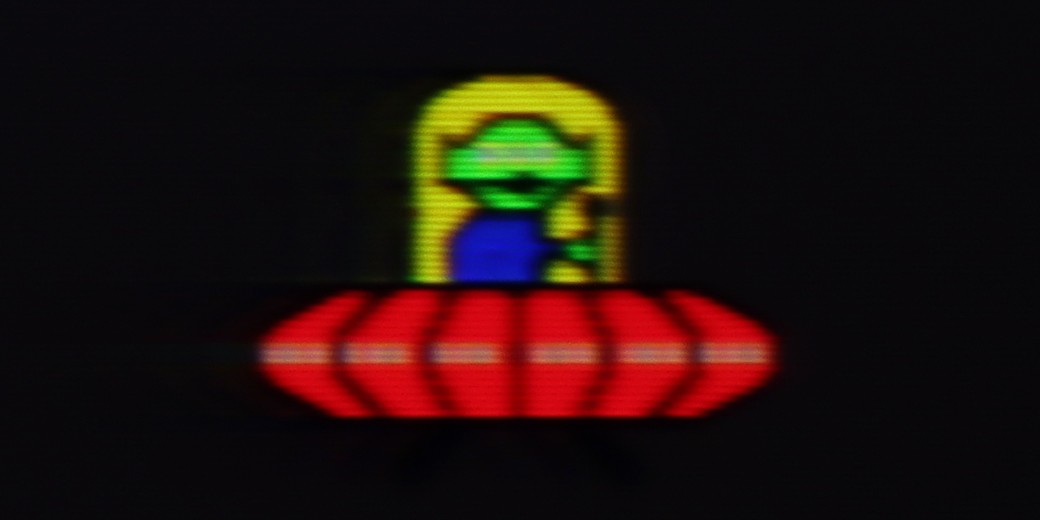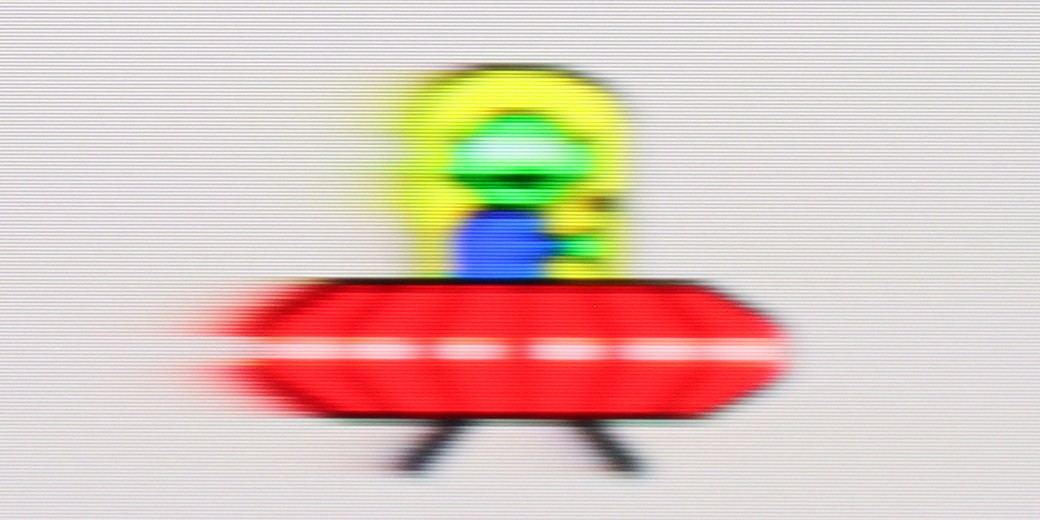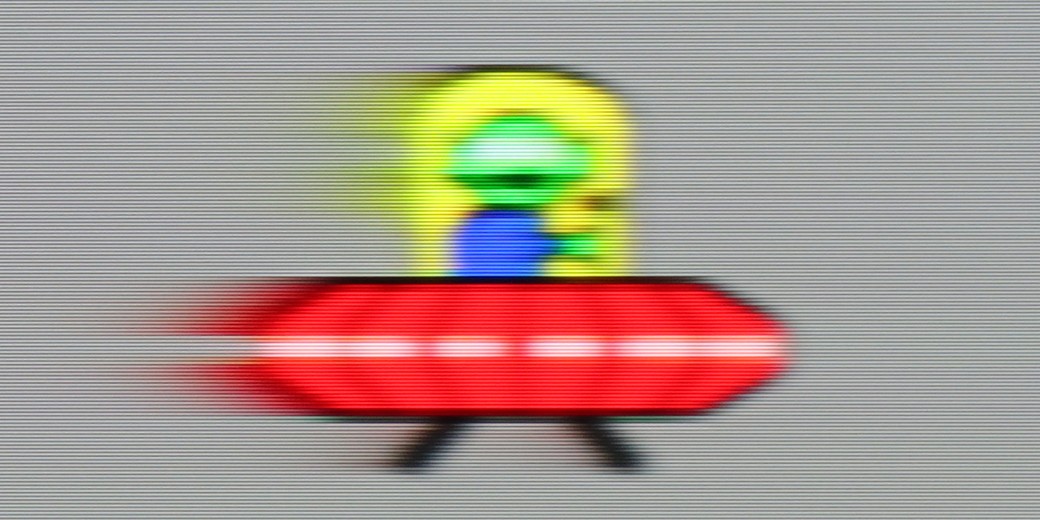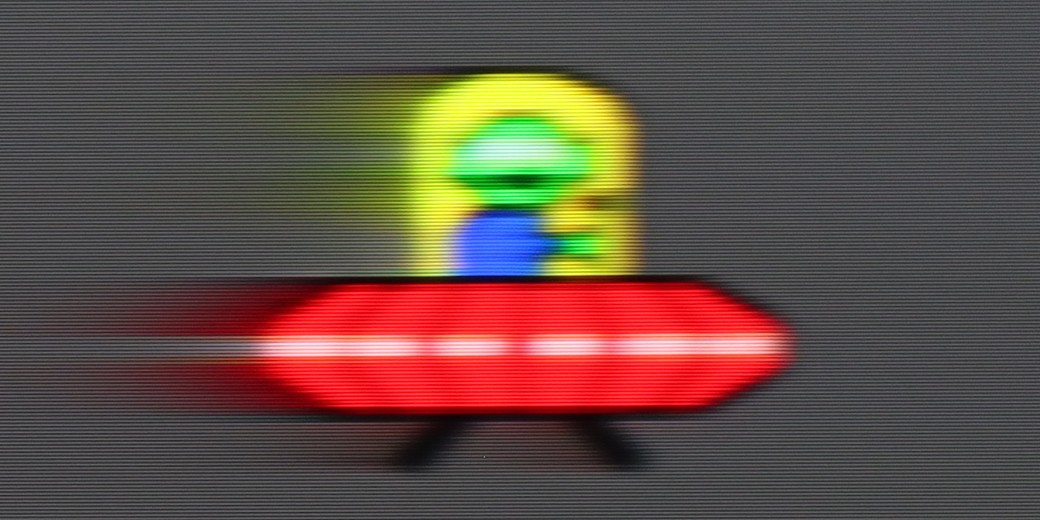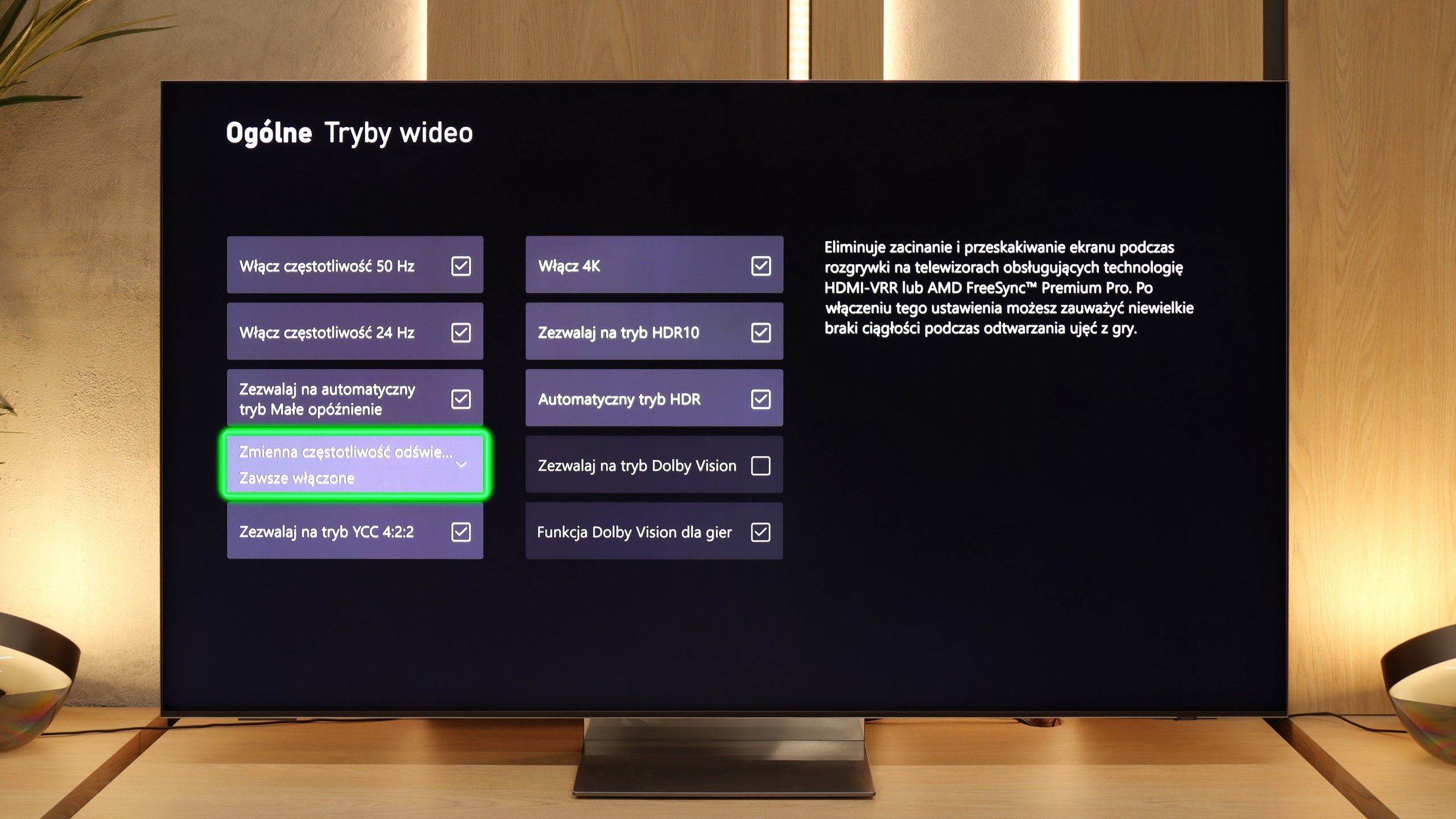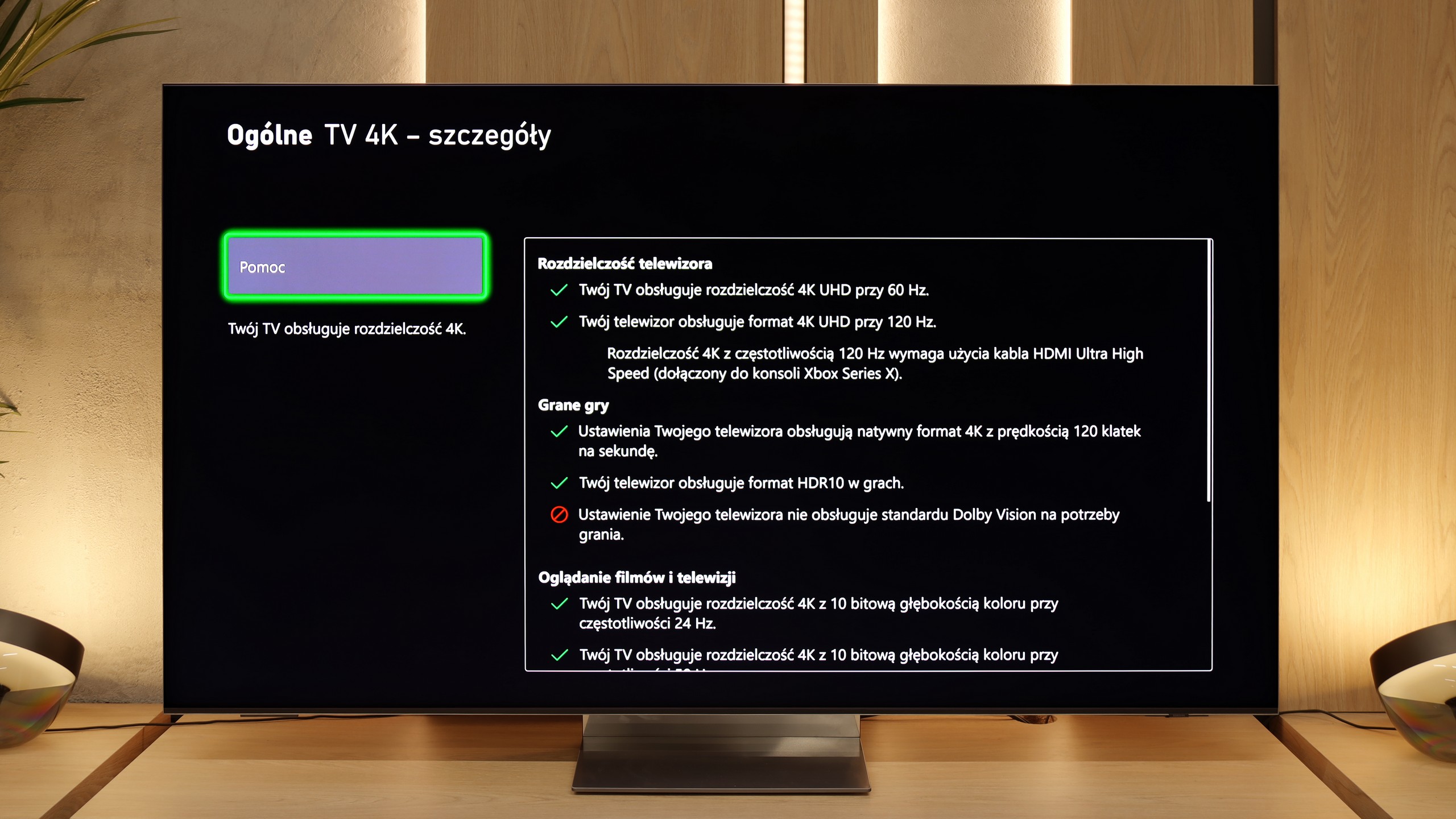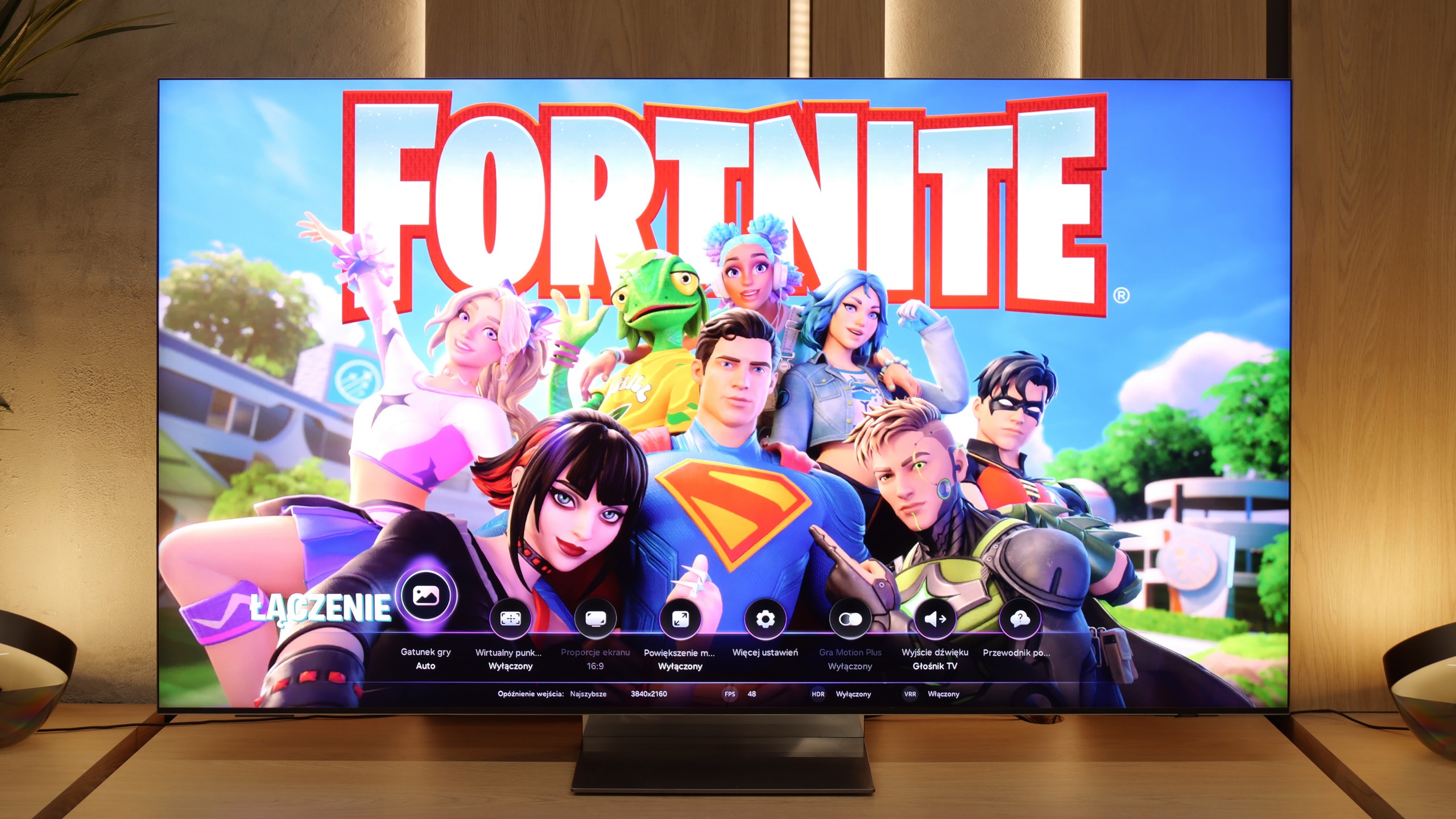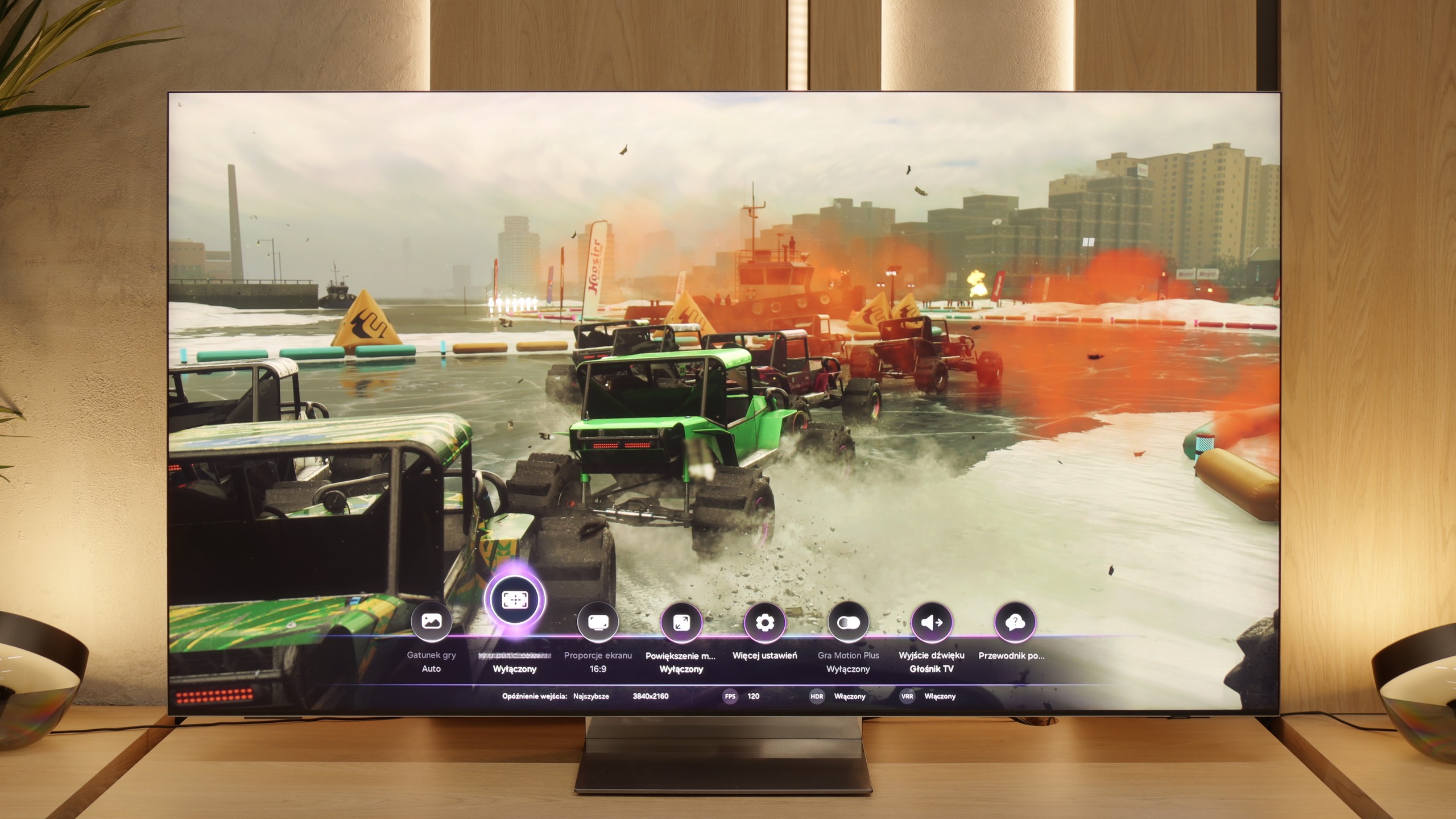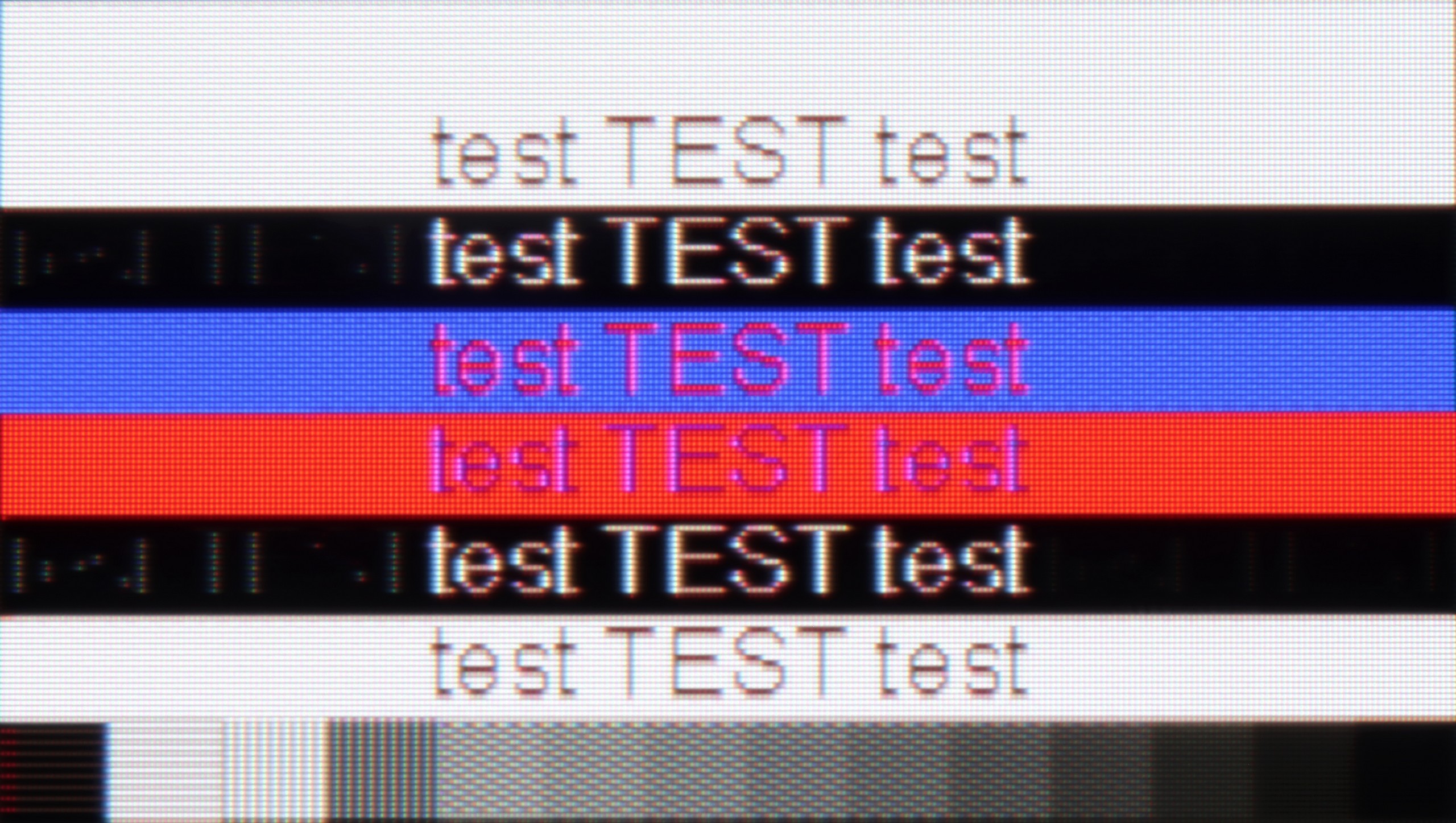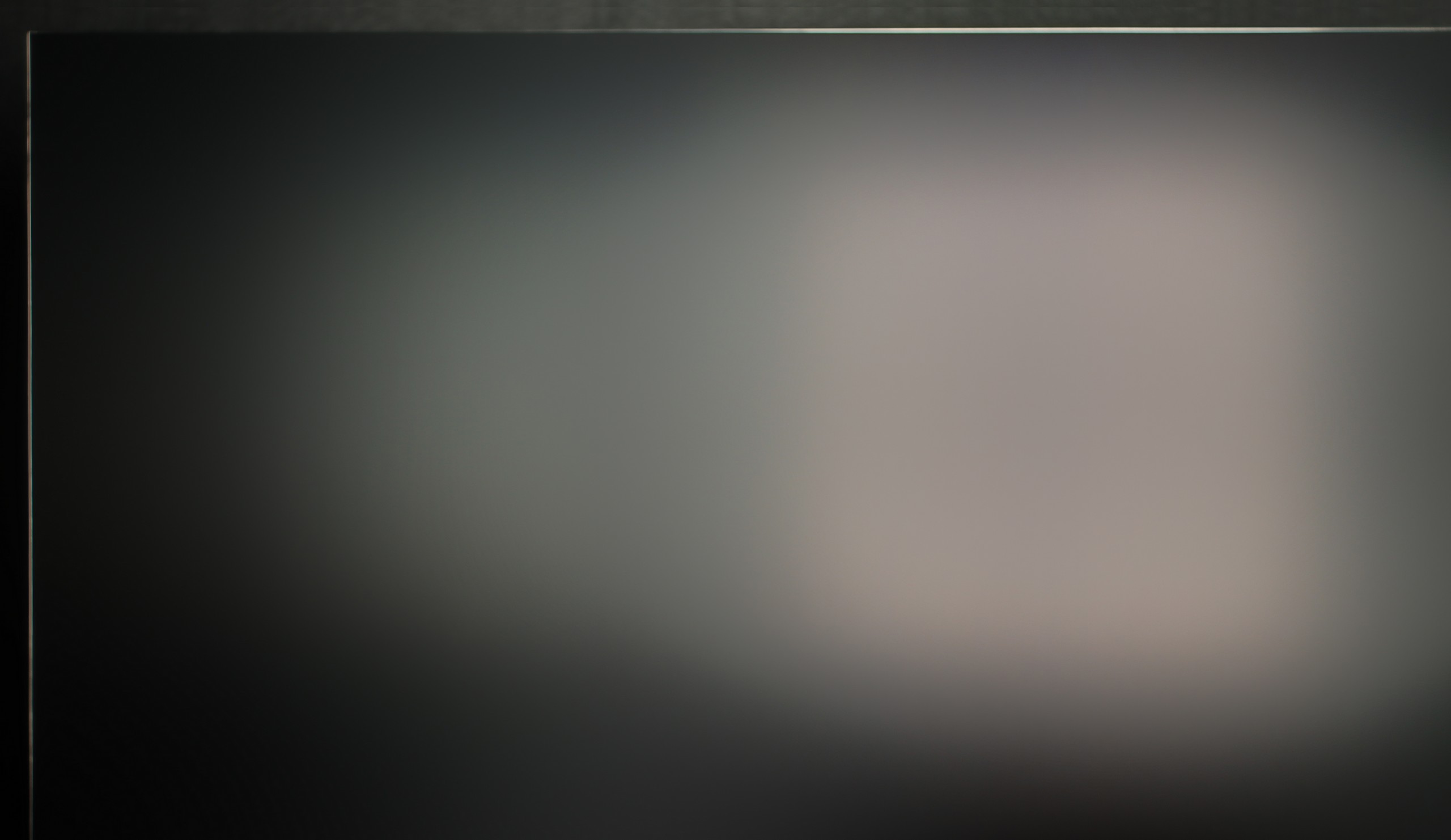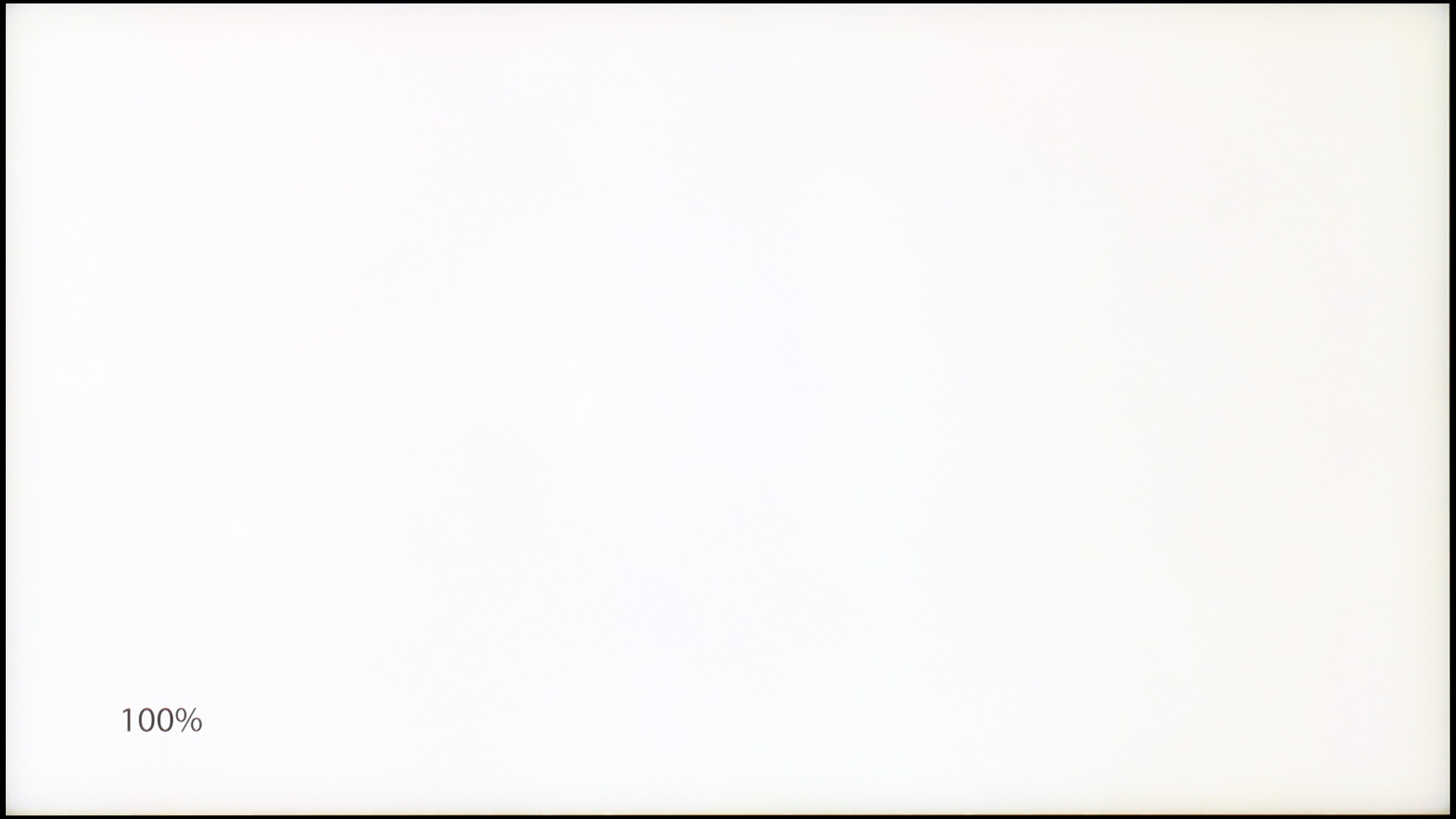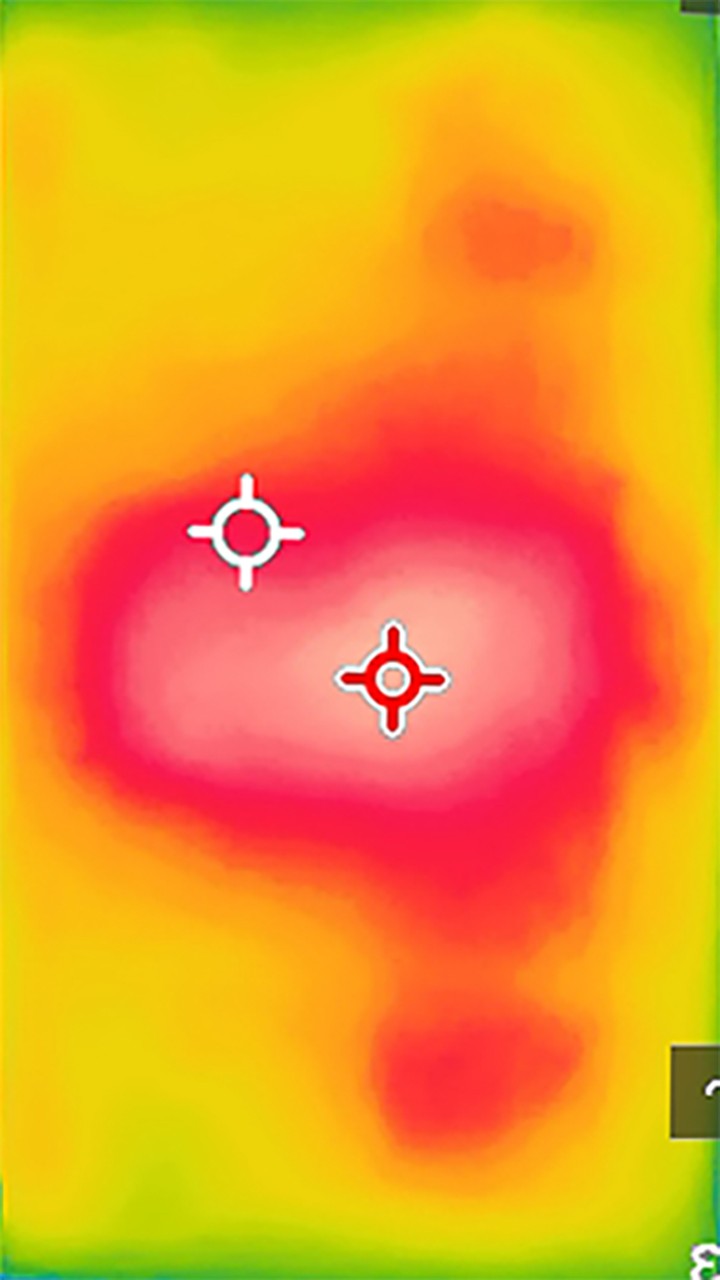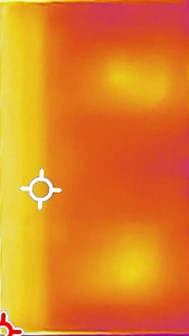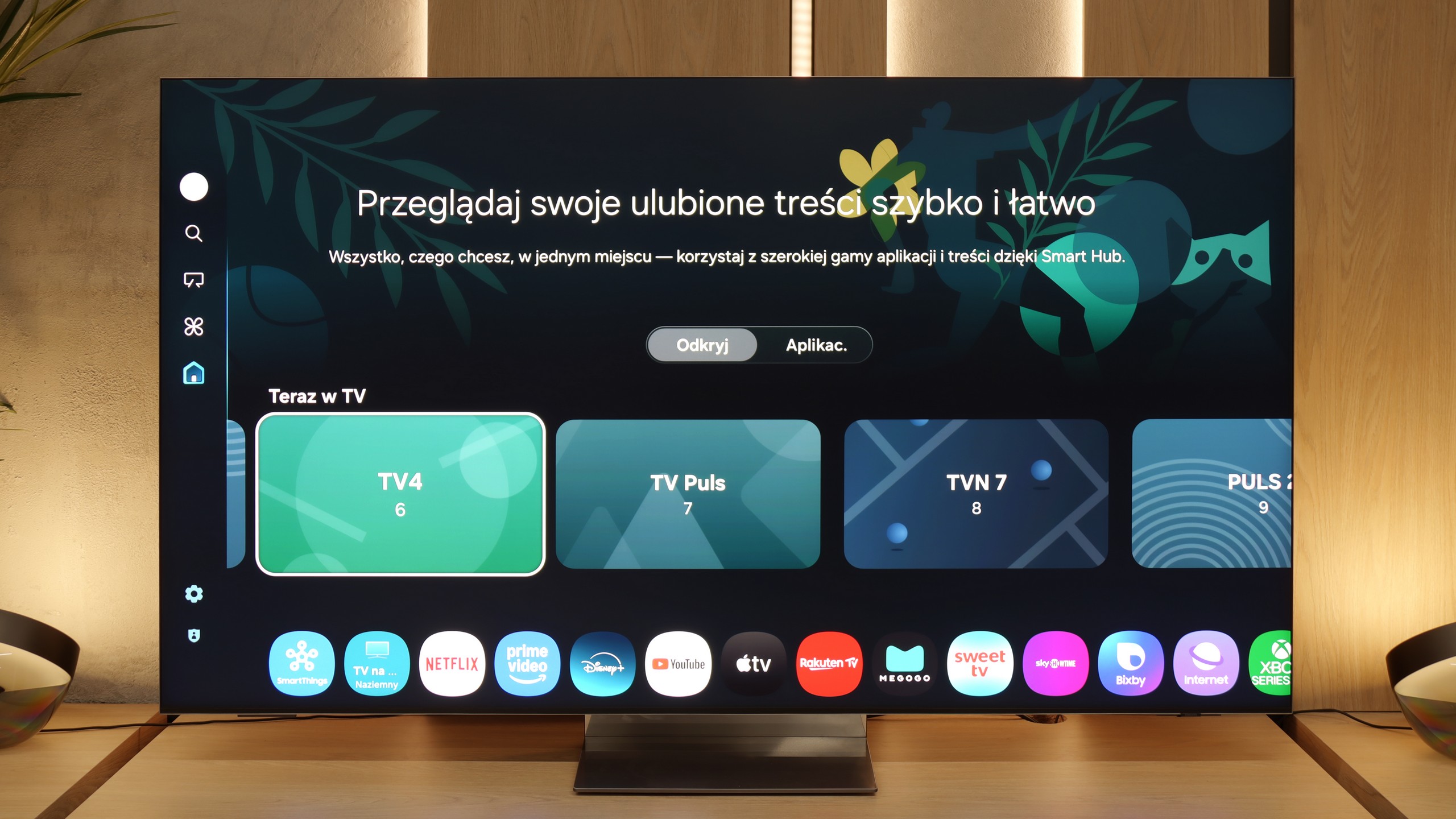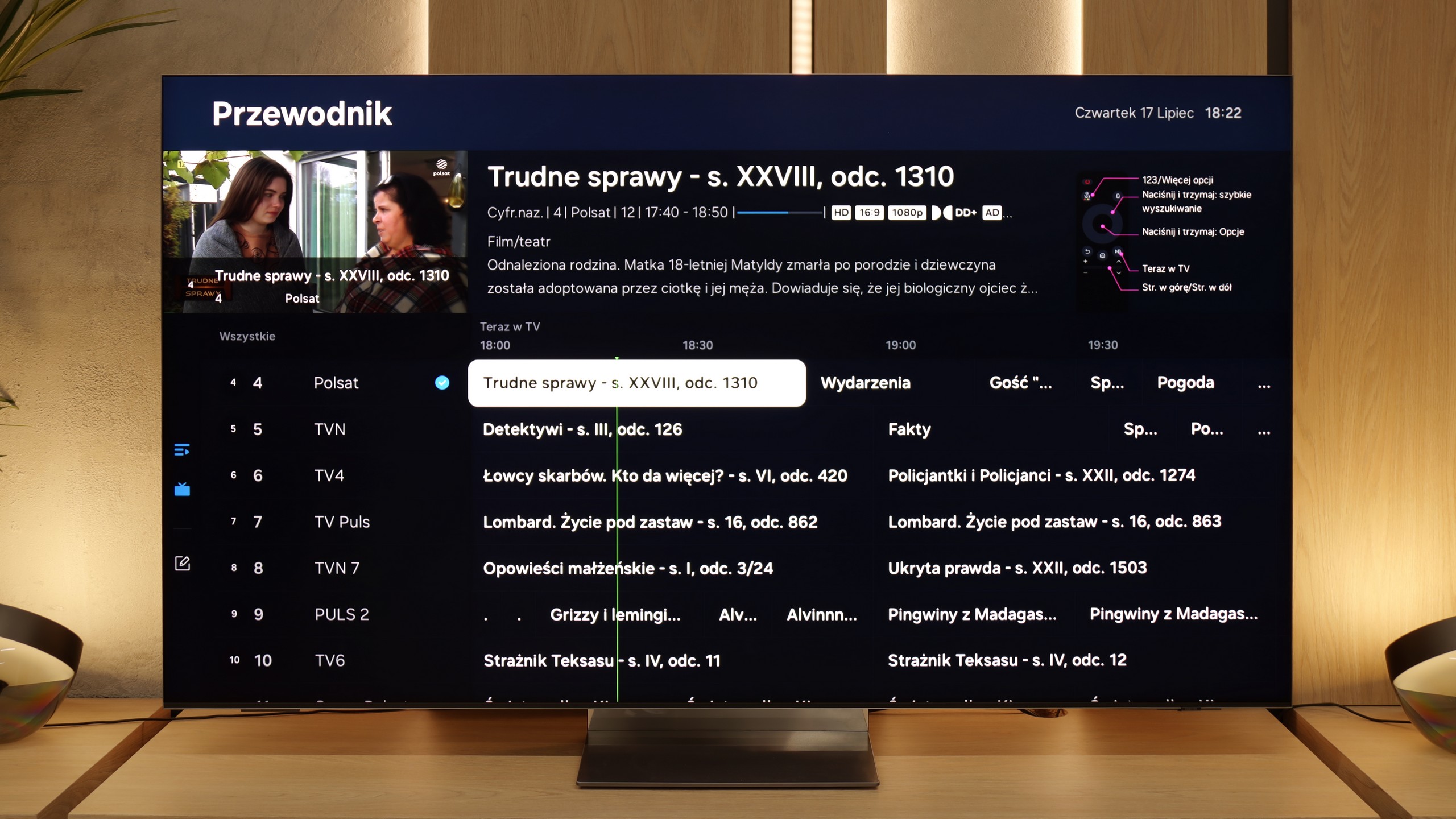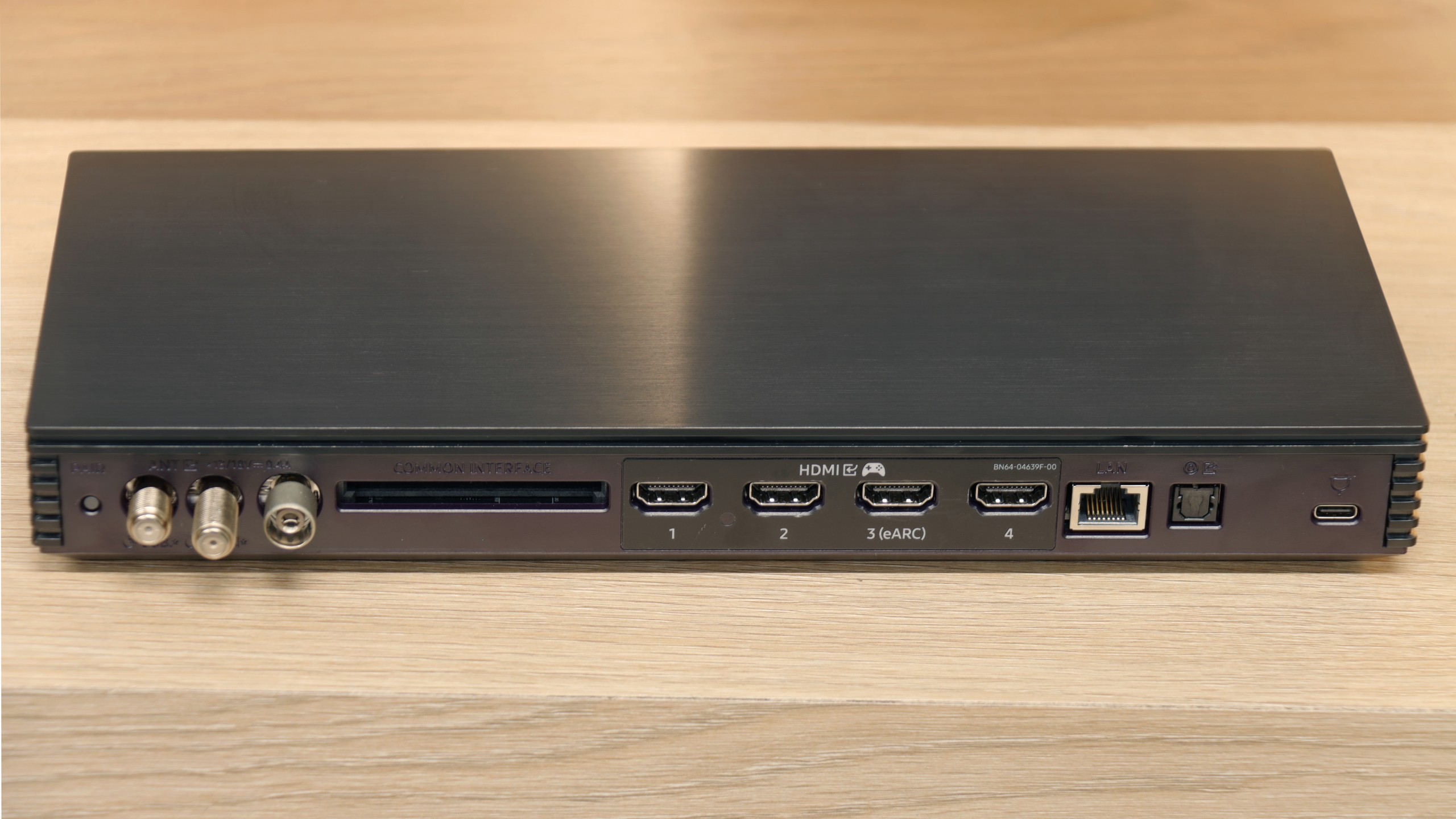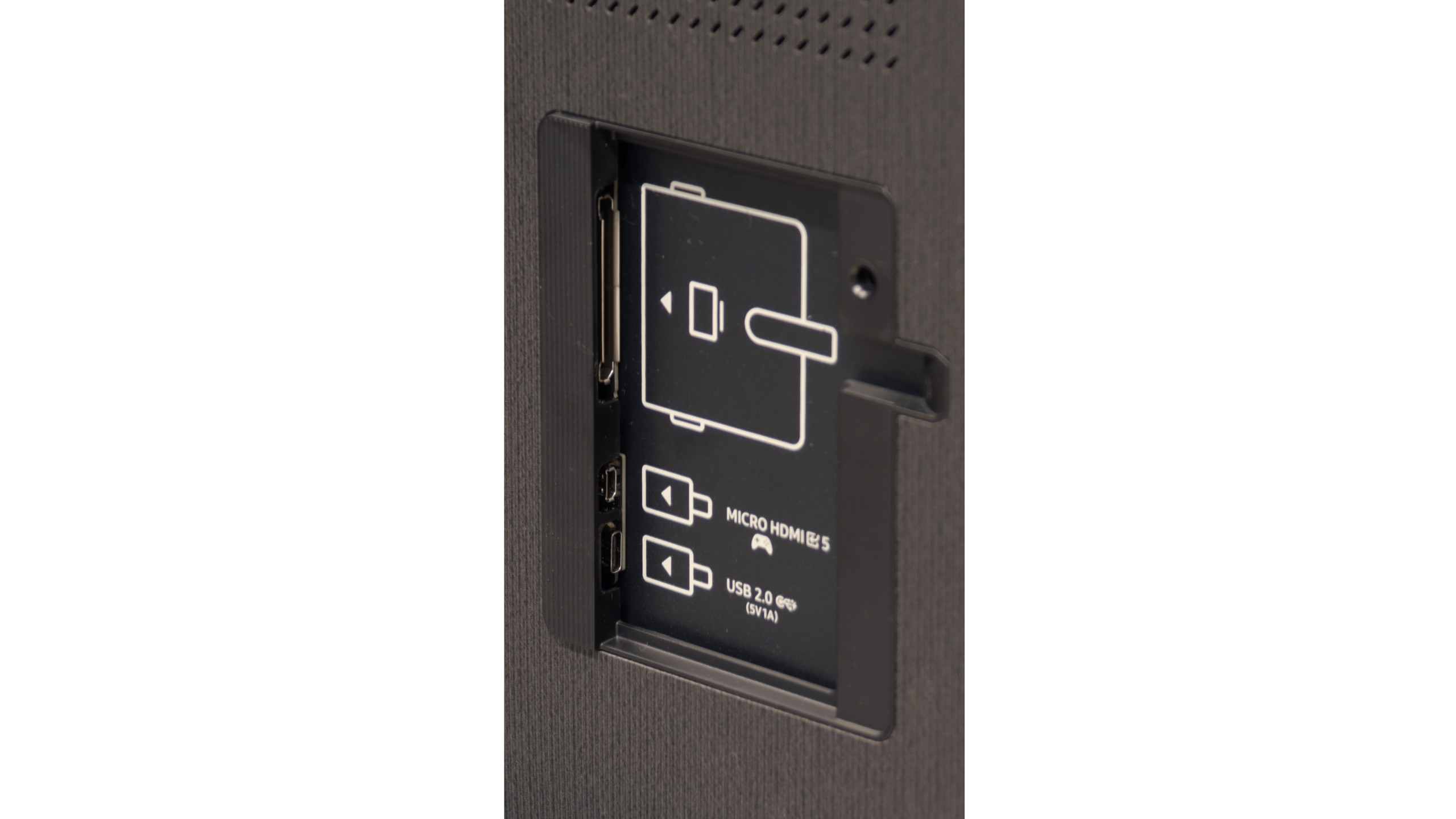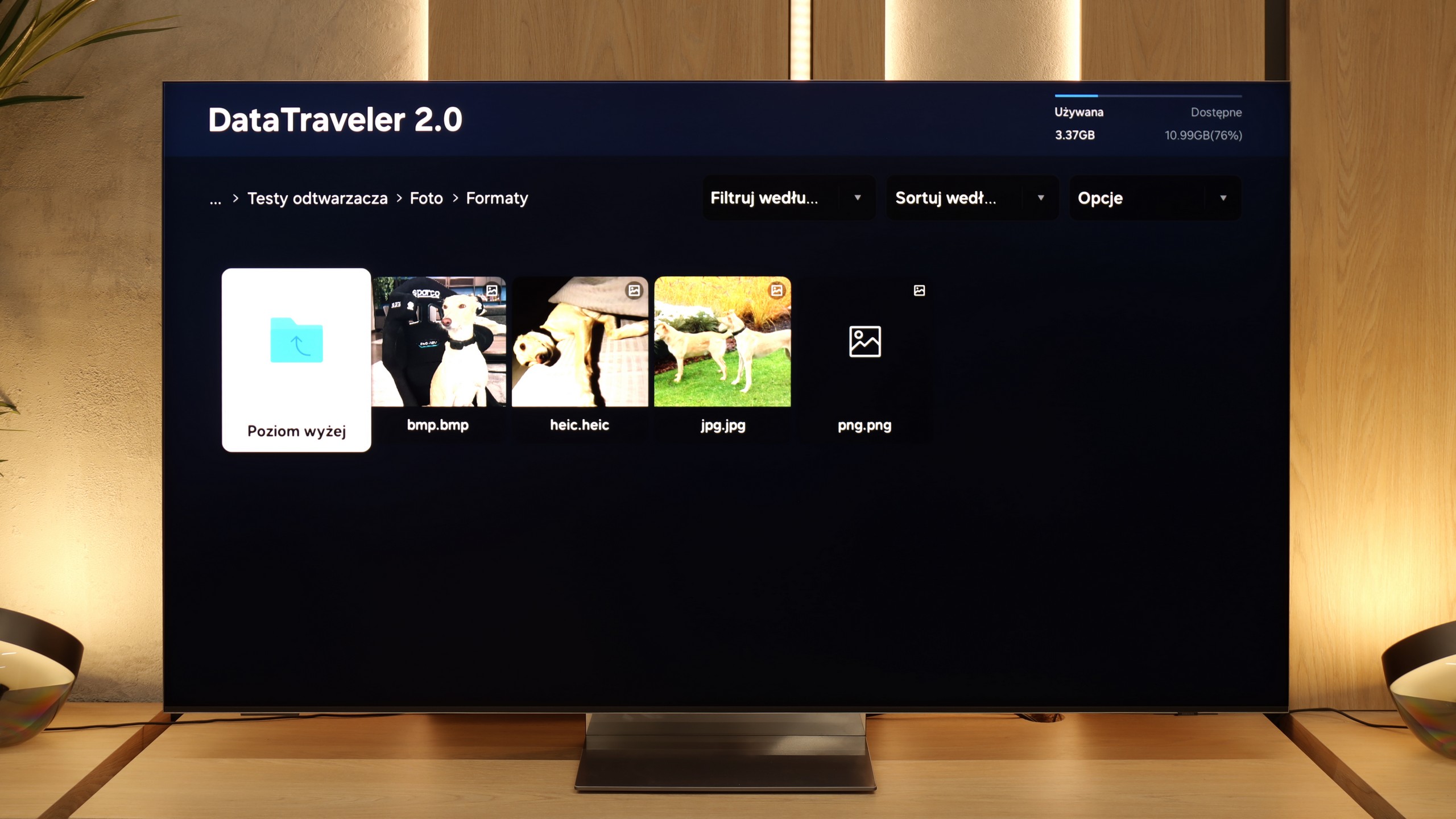Samsung QN990F is a television that makes a huge impression from the very first moment. It's probably one of the most beautiful models on the market – ultra-slim, with an almost invisible frame and a stand that makes it look like the screen is levitating above the table. On top of that, there's the futuristic Wiraless One Connect module, this time in a wireless version, which helps to reduce the number of cables in the living room and gives the whole setup a modern character. But it doesn't stop at design. The QN990F also boasts a powerful specification. Mini-LED with over a thousand dimming zones can generate contrast that occasionally rivals that of OLEDs. "Additionally, there's very high HDR brightness and a new matte screen that effectively eliminates reflections. And when we add excellent motion smoothness with a refresh rate of up to 240 Hz in 4K, we have a set of features that truly impress. Samsung hasn't forgotten about gamers – we have Game Bar, VRR, ALLM, five HDMI 2.1 ports, and phenomenal input lag at the level of 10–15 ms (when connected via micro HDMI).
And this is where we get to the crux of the matter. Because while the QN990F impresses on paper and in many tests, in practice, some solutions still require fine-tuning. The wireless One Connect module raises input lag to unacceptable levels for gamers, Mini-LED can struggle in challenging scenes with a lot of detail, and the lack of Dolby Vision or DTS:X reminds us that Samsung is stubbornly following its own path, sometimes at the expense of the user. Despite this, the QN990F is a television that shows the direction of industry development. It's not a model for everyone – but for those who love gadgets, technological innovations, and want a screen in their living room that looks like it's from the future. However, if someone is looking solely for the best picture quality, they will even find models within Samsung's portfolio that perform significantly better – maybe without 8K, but with more refined contrast or colours. Because 8K still remains a technology that looks firmly towards the future and QN990F shows what televisions of tomorrow might look like. But are we – the viewers – ready to pay such a high price for this vision and accept the compromises that come with it?
QNED86A6A is a television that really does a great job in its price class when it comes to sports, gaming, and everyday TV viewing. The 120 Hz panel makes the image smooth, and the motion sharp, which will be appreciated by both fans and gamers. Additionally, it has low input lag along with a full suite of gaming features such as HGiG, VRR, and ALLM. The television works just as well with a computer as it does with a console, so in the office or on a desk in the 43” version, it will serve excellently as a work monitor. Another strong point is the webOS system. It’s a fast, stable, and app-rich operating system that paired with the Magic Remote provides very convenient operation. The new version of the remote is slimmer and fits better in the hand, and the on-screen cursor is a feature that many competitors lack. On top of that, there are classic features – USB recording, Bluetooth for headphones, and a full set of HDMI 2.1 with eARC and Dolby Atmos support. This makes the televisions from the QNED85 series some of the most "multimedia" televisions in their class. But there’s no point in sugar-coating it; this model also has some significant drawbacks. Its biggest disadvantage is undoubtedly the contrast, or rather the lack thereof. The IPS panel combined with the edge-lit “mini-LED” is just a very bad idea. The screen simply isn’t suitable for watching movies in a dark living room. Blacks are a greyish-blue, and local dimming can create strips of light reminiscent of lasers, which effectively ruins the viewing experience. For home cinema, it’s not a choice that can be recommended with full conviction. The second issue may not be directly related to the television itself but rather its sales. It concerns chaos in the naming conventions and differences in derivative versions. The same model, even with the same designation, can have a different colour frame or stand depending on the store. This can really be frustrating for the buyer and evoke a sense of confusion. To summarise briefly: LG QNED86A6A is a great television for sports, gaming, and everyday TV, with a convenient system and high functionality. But if you’re looking for a screen strictly for movies or series and require deep blacks, it’s better to look towards televisions that can actually be confidently referred to as Mini-LEDs.
